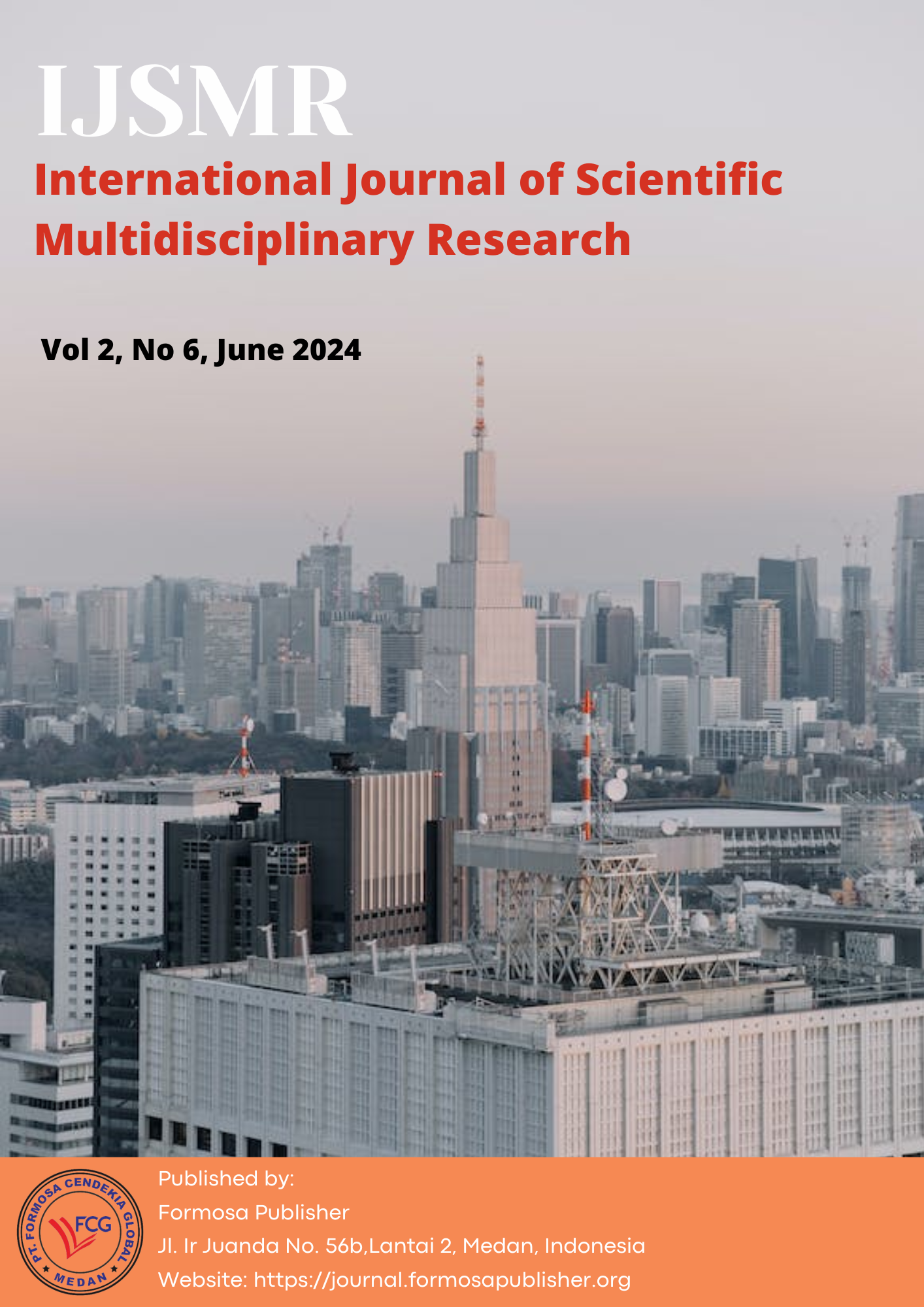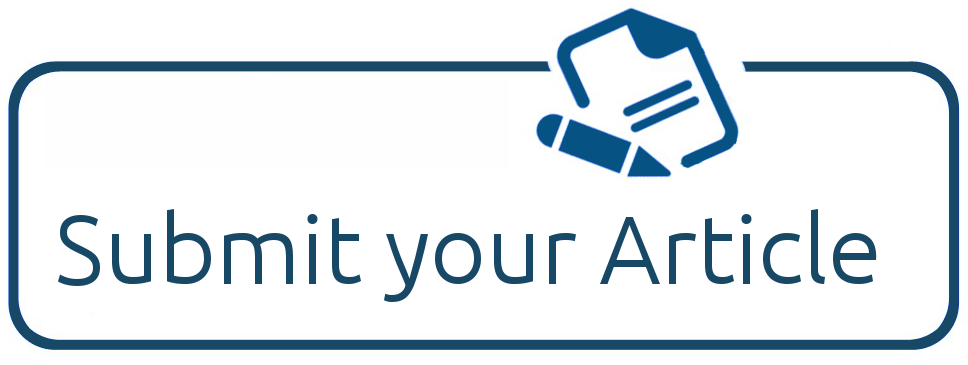The Existence of a Stay Period in Bankruptcy That Begins with Postponement of Debt Payment Obligations (PKPU)
DOI:
https://doi.org/10.55927/ijsmr.v2i6.9920Keywords:
Stay Period, Collateral Execution, BankruptcyAbstract
In reference to bankruptcy and PKPU, Article 290 of Law No. 37 of 2004 is in conflict with the existence of Supreme Court Circular Letter Number 5 of 2021. This study tackles the problem of putting the stay period in place for the execution of collateral in bankruptcy, which results from the refusal of peace in the form of deferring debt payments. It also looks at the stay period that surrounds collateral execution in bankruptcy and its implications for potential changes to the Bankruptcy Law in the future. The Contractarian Approach Theory serves as the Applied Theory, Bankruptcy Law Theory as the Middle Range Theory, and Legal Certainty Theory as the Grand Theory in this study. It employs a normative juridical research methodology with a statutory approach as its main focus. This method entails looking at and dissecting Law No. 37 of 2004's provisions regarding PKPU and bankruptcy. Secondary data, comprising primary, secondary, and tertiary legal materials, is the type of data utilized. Qualitative juridical analysis is used in the data analysis. According to Since there is no regulation regarding the suspension period for debtors declared bankrupt due to the Panel of Judges' rejection of a postponement of debt payment obligations, the theory of legal certainty has not been satisfied by the provisions regarding the suspension period (stay period) in Article 56, paragraph (1) of Law No. 37 of 2004 concerning Bankruptcy and PKPU
Downloads
References
Antonius I Gusti Ngurah Putu Berna Adiputra, R. A. Retno Murni, I Made Pria Dharsana, Pengaturan Pencegahan Kepailitan melalui Kombinasi Insolvency Test, Reorganisasi Perusahaan, dan Penundaan Kewajiban Pembayaran Utang, Program Magister Kenotariatan, Universitas Udayana,Bali, 2012.
Elyta Ras Ginting, Hukum Kepailitan Rapat-Rapat Kreditor, Sinar Grafika, Jakarta, 2018.
Gustav Radbruch Terjemahan Sidharta , Tujuan Hukum, Gramedia Pustaka Utama, Jakarta, 2012.
Hans Kelsen, ‘Teori Hukum Murni Dasar-Dasar Ilmu Hukum Normatif’, Nusa Media, Bandung, 2008.
Herowati Poesoko, Parate Executie Objek Hak Tanggungan (Inkonsistensi konflik normadan kesesatan penalaran dalam UUHT), Penerbit LaksBang PRESSindo, Yogyakarta, 2008.
Ivida Dewi Amrih Suci dan Herowati Poesoko, Hukum Kepailitan (Kedudukan Dan Hak Kreditor Separatis Atas Benda Jaminan Debitor Pailit, Laksbang PRESSindo, Yogyakarta, 2016.
J.B. Huizink, Insolventie, dalam disertasi Sunarmi, Tinjauan Kritis terhadap Undang-Undang Kepailitan: Menuju Hukum Kepailitan yang Melindungi Kepentingan Debitur dan Kreditur, USU, Medan, 2005.
M.Hadi Shubhan, "Insolvency Test Melindungi Perusahaan Solven Yang Beritikad Baik Dari Penyalahgunaan Kepailitan", Jurnal Hukum Bisnis, Vol. 33, No. 1, 2014.
Peter Mahmud Marzuki, Penelitian Hukum, Prenada Media Group, Jakarta, 2011
Serlika Aprita, Penerapan Asas Kelangsungan Menggunakan Uji Insolvensi, Pustaka Abadi, Jember, 2019
Siti Soemarti Hartono. Pengantar Hukum Kepailitan dan Penundaan Pembayaran. Seksi Hukum Dagang FH UGM. Yogyakarta, 1981.
Sutan Remy Sjahdeni, Sejarah, Asas, dan Teori Hukum Kepalitian Memahami Undang-Undang No. 37 Tahun 2004Tentang Kepailitan dan Penundaan Kewajiban Pembayaran Utang, Edisi Kedua, Prenadamedia Group, Jakarta, 2016.
Undang-Undang No. 37 Tahun 2004 Tentang Kepailitan
Victor Situmorang & Soekarso. Pengantar Hukum Kepailitan di Indonesia. Rhineka Cipta, Jakarta, 1994
Downloads
Published
How to Cite
Issue
Section
License
Copyright (c) 2024 Aliya Sandra Dewi, Yuhelson, Dewi Anggraeni

This work is licensed under a Creative Commons Attribution 4.0 International License.
















